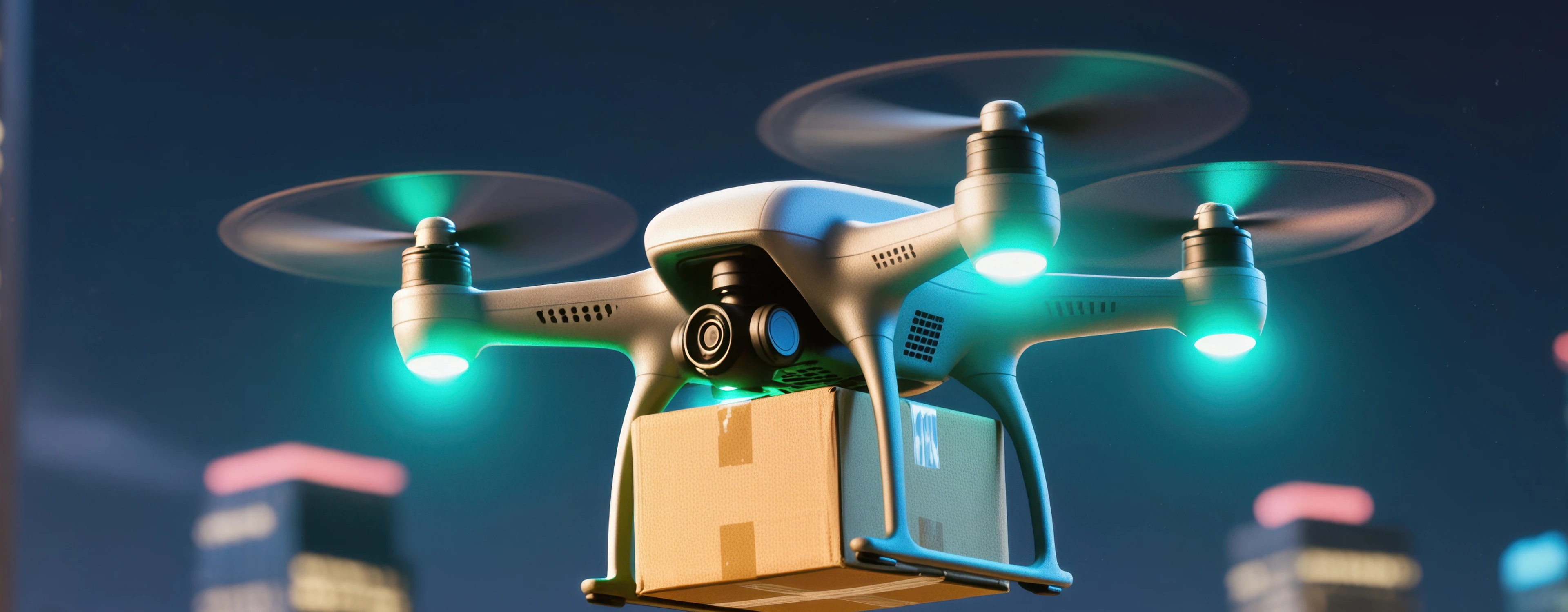Our latest blogs
Global parcel speed meets precision. Dropoffs as fast as air. Tech-driven tracking ensures each route is on target.

Same-day delivery is no longer seen as a luxury service — it has quickly become the expectation, especially in fast-paced urban cities. As e-commerce continues to rise, so does the pressure on logistics providers to shorten fulfillment windows. Businesses that fail to meet these demands risk losing customers to faster, more agile competitors. A successful same-day model hinges on visibility, flexibility, and proximity.
Urban consumers are now expecting same-day delivery not as a premium perk, but as a standard option. As online shopping continues to dominate, especially in fast-paced metropolitan areas, businesses are under increasing pressure to shorten delivery times without compromising service quality. Speed is no longer optional — it’s a competitive differentiator. From groceries and fashion to electronics and pharmaceuticals, customers demand fast fulfillment that works around their lifestyle, not the other way around. To meet these expectations, logistics providers must invest in smarter infrastructure and hyperlocal strategies that prioritize proximity and responsiveness.
The growing demand is also driving innovation across supply chains. Warehousing models are shifting, with dark stores, micro-fulfillment centers, and regional hubs replacing large centralized distribution centers. These solutions make it easier to stock high-demand products closer to where customers live and work, reducing delivery windows and improving operational efficiency.
In crowded cityscapes, traditional delivery models quickly become inefficient. Congestion, parking restrictions, and narrow delivery windows all challenge the feasibility of same-day delivery. To stay ahead, companies are turning to agile alternatives such as bike couriers, electric vans, and smart lockers. These options not only bypass common traffic bottlenecks but also align with growing urban sustainability goals. As environmental regulations tighten in major cities, eco-friendly last-mile delivery will become a critical component of logistics planning.
These tools and technologies reduce operational strain while maintaining fast turnaround times. With the right systems in place, even small- to mid-sized businesses can compete with giants on speed and reliability.
Customers are more environmentally conscious than ever — and they’re paying attention to how their orders are delivered. Offering eco-friendly shipping options doesn’t just benefit the planet; it builds trust and loyalty. When you show that your business cares about more than just profits, customers are more likely to return, recommend you, and support your mission.
Sustainable practices are also becoming a factor in business partnerships, regulations, and even funding. Businesses that lead in green logistics position themselves for long-term growth in a changing marketplace.
The next evolution in same-day delivery is instant fulfillment. Imagine ordering a product online and receiving it within 1–2 hours — without paying a premium. As predictive algorithms improve, businesses will anticipate customer needs even before they place an order. By analyzing buying patterns, seasonal trends, and local demand, logistics platforms will pre-position inventory at the right place at the right time. This shift will redefine what “convenience” really means for urban consumers.
This isn’t just a futuristic idea — it’s already being tested. Major retailers and marketplaces are exploring AI-driven restocking systems, dynamic delivery windows, and real-time inventory syncing across city-wide hubs. As these systems mature, customers will enjoy a frictionless shopping experience where fast delivery is seamlessly baked into the process — not added on as an afterthought. Same-day delivery will feel less like a rushed workaround and more like the natural pace of modern commerce.
Global parcel speed meets precision. Dropoffs as fast as air. Tech-driven tracking ensures each route is on target.